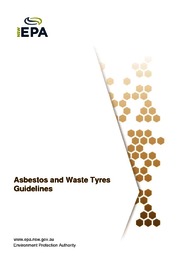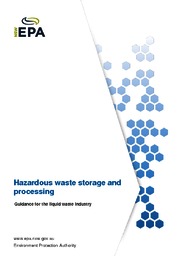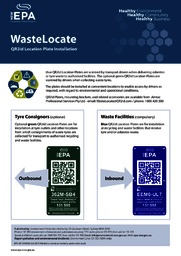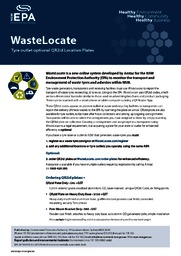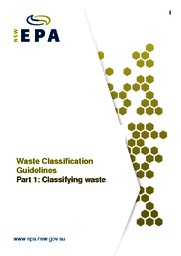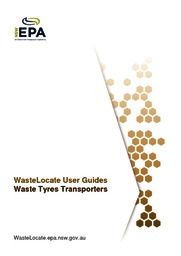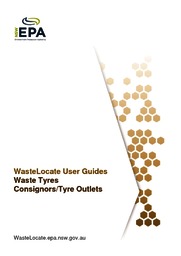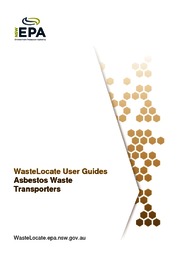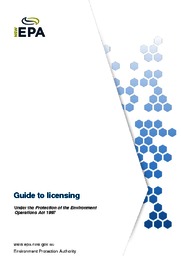To characterise waste, determine and record the following characteristics
Waste form
This refers to the physical state of the waste. Waste forms include
- solid
- liquid
- compressed gas
- sludge
- solid and liquid – used for only small quantities of waste from laboratory clean-ups and household chemical collections
Waste classification
Waste in NSW is classified in accordance with the NSW Environment Protection Authority Waste Classification Guidelines, Part 1. The waste guidelines provide detailed information about waste classifications. If in doubt, contact a specialist waste company.
Waste code and description
Waste codes reflect either the contaminants or source of the waste. The waste codes used in NSW are from the Controlled Waste National EnvironmentProtection Measure (NEPM).
The waste description provides specific information about the content of the waste.
Find a waste code and description
Dangerous goods properties
Dangerous goods are substances and articles that pose an acute risk to people, property and the environment due to their chemical or physical properties. Dangerous goods are classified under the Australian Dangerous Goods Code (ADG Code) and United Nations Manual of Tests and Criteria.
When hazardous waste is classed as ‘dangerous goods’, the following information needs to be recorded
- dangerous goods class
- UN code
- subsidiary risk
- packing group
Find a dangerous goods class and UN number
Find out more about transporting dangerous goods
Online waste tracking provides dropdown lists for most waste characteristics.


